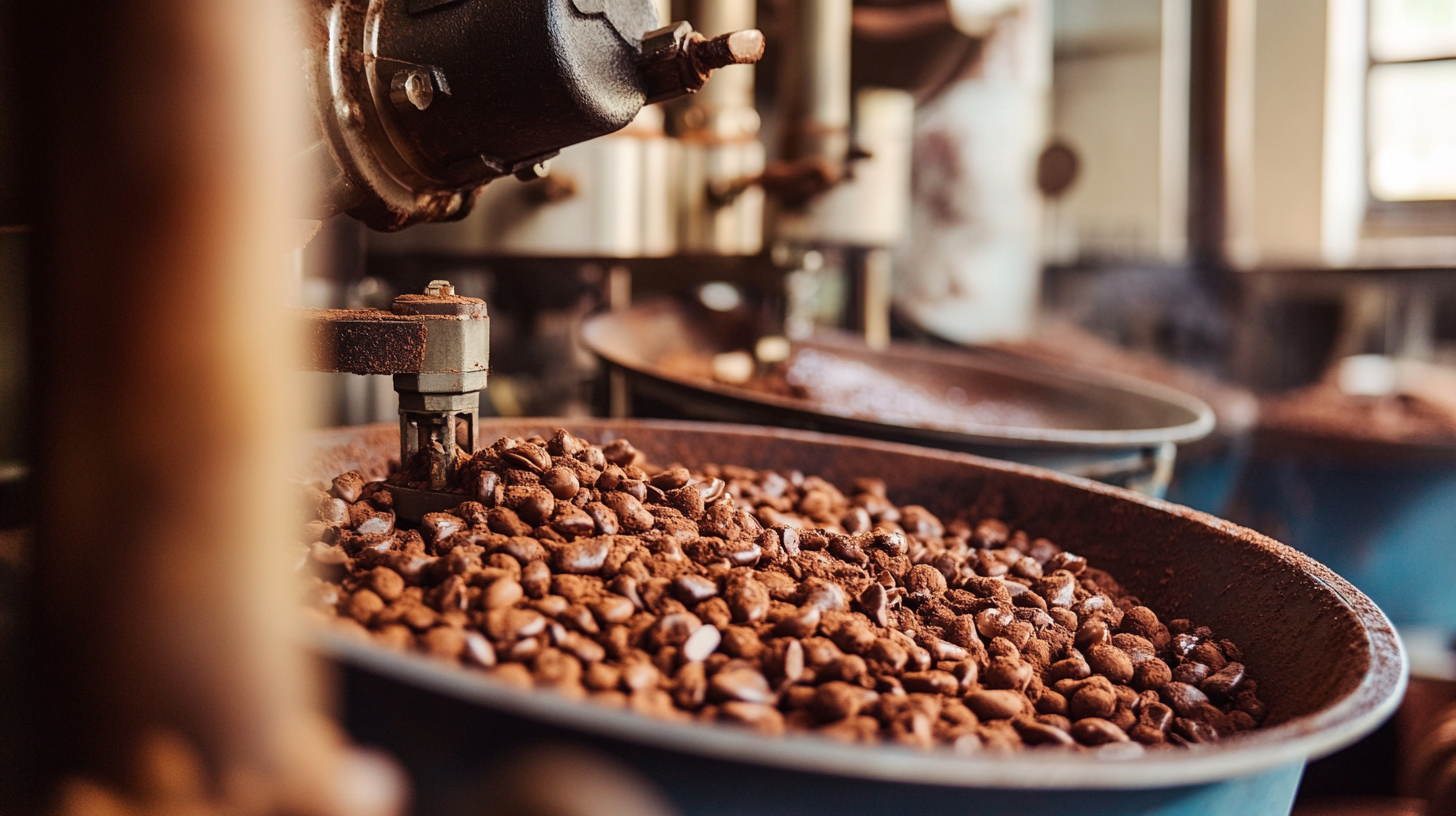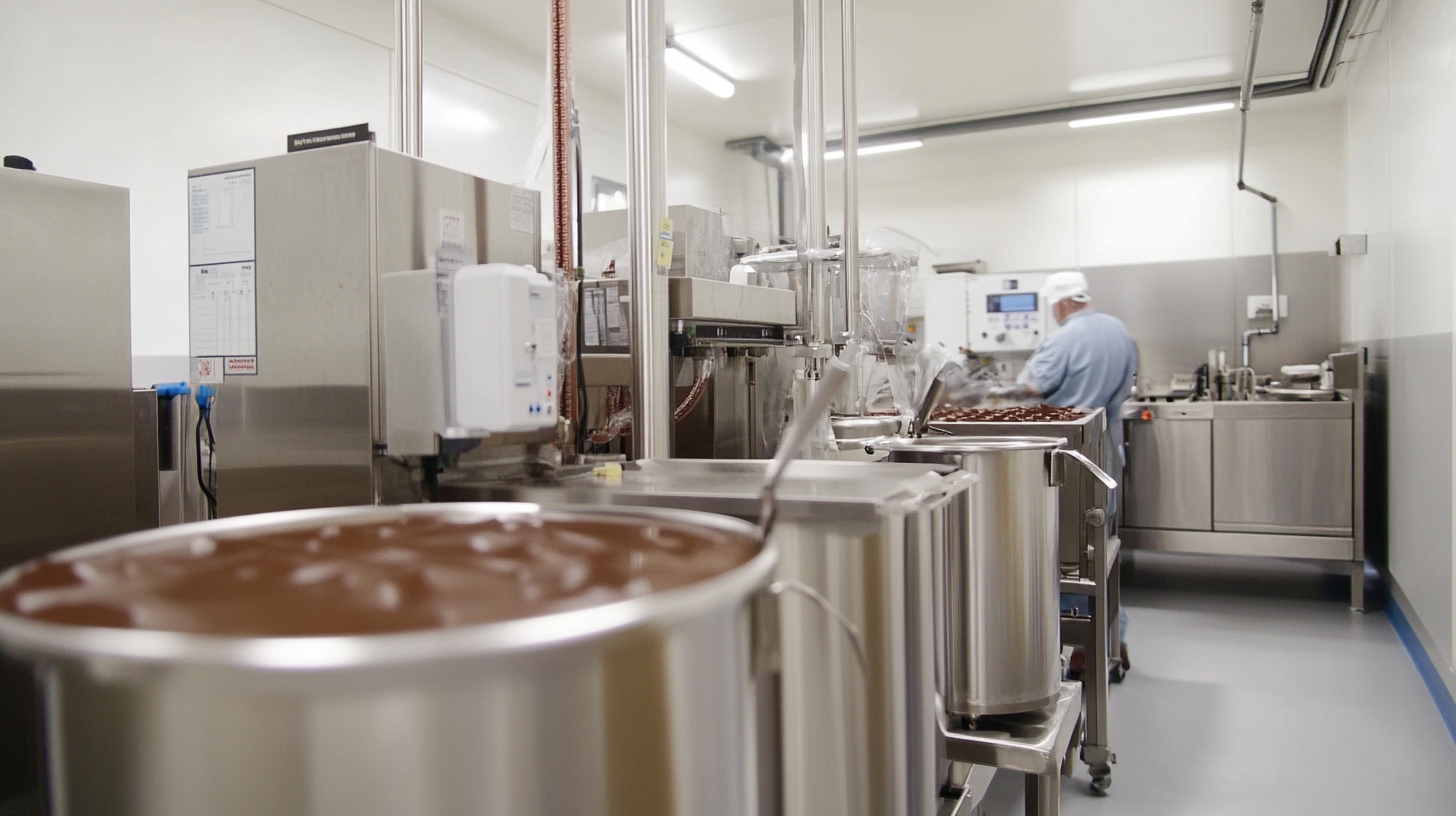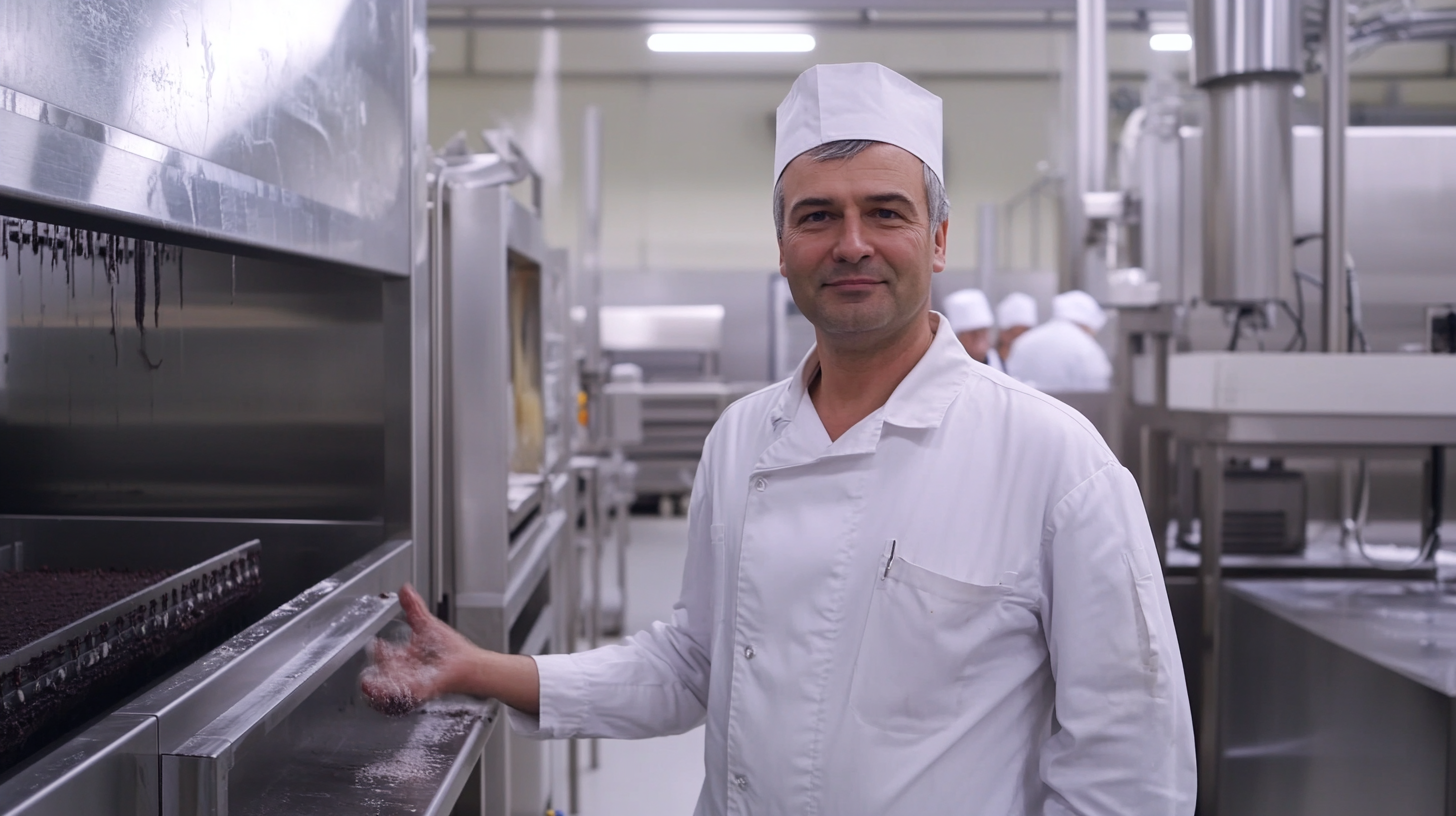Chocolate Production Insights for Global Buyers Seeking Innovative Tempering Solutions
In recent years, the global chocolate market has witnessed a significant evolution, driven by changing consumer preferences and increased demand for innovative products. According to the International Cocoa Organization, global chocolate consumption has reached an impressive 7.3 million metric tons per year, with an expected growth rate of 4% annually. This booming market has prompted manufacturers to invest in advanced chocolate production technologies, particularly in the area of chocolate machine tempering. Effective tempering plays a critical role in achieving the desired texture, gloss, and shelf-life of chocolate products, making it essential for producers to explore innovative solutions that enhance these qualities.
As buyers look to stay competitive in this dynamic market, the adoption of state-of-the-art chocolate machine tempering solutions has become more important than ever. The global chocolate machinery market is projected to reach $5.8 billion by 2025, further emphasizing the need for cutting-edge technology to meet consumer demand for high-quality chocolate. By integrating innovative tempering techniques, manufacturers can optimize production efficiency and deliver premium products that cater to a diverse range of tastes and preferences. This blog will delve into the latest advancements in chocolate machine tempering and provide valuable insights for global buyers seeking to enhance their chocolate offerings.

Understanding Chocolate Tempering: The Key to Quality Production
Tempering chocolate is a delicate process that is crucial for achieving the perfect texture and sheen, setting the stage for high-quality chocolate products. This process involves heating and cooling chocolate to stabilize the cocoa butter crystals, ensuring a smooth finish and a satisfying snap when bitten into. Without proper tempering, chocolate can become dull, grainy, or develop unsightly bloom, adversely affecting its appearance and mouthfeel. For global buyers looking to produce premium chocolate, mastering the art of tempering is an essential step in the production process. Innovative tempering solutions are emerging in the market, allowing for greater efficiency and consistency in chocolate production. Traditional methods, while still effective, can be time-consuming and labor-intensive. New technologies, such as temperature-controlled machines and sophisticated cooling systems, have streamlined the tempering process, enabling chocolatiers to maintain precise temperature ranges while significantly reducing the time required. These advancements not only enhance the quality of the final product but also increase production output, giving companies a competitive edge in the global chocolate market. Furthermore, understanding the science behind chocolate tempering can empower producers to experiment with different techniques, such as seed tempering or tabling, each yielding unique flavor profiles and textures. As the demand for artisanal and high-quality chocolates continues to rise, the ability to innovate in the tempering process will set forward-thinking producers apart from their competitors. For buyers in search of superior products, collaborating with suppliers who prioritize innovative tempering solutions will be key to achieving excellence in chocolate production.

Innovative Technologies Revolutionizing Chocolate Tempering Processes
Innovative technologies are transforming the chocolate tempering process, enhancing both efficiency and quality. Traditional methods of tempering often require meticulous attention to temperature and timing, making the process labor-intensive and time-consuming. However, advancements in machinery and digital solutions are streamlining these operations. For instance, state-of-the-art tempering machines now utilize precise temperature controls and automated processes that reduce human error while maintaining the crucial characteristics of chocolate.
One major innovation is the integration of smart technology into tempering systems. These systems are equipped with sensors and connectivity features that allow for real-time monitoring and adjustments, ensuring that the chocolate is always tempered to the perfect consistency. This capability not only leads to improved chocolate texture and shine but also enables manufacturers to scale their production without compromising quality. Moreover, the data collected from these machines provides valuable insights into production processes, helping manufacturers refine their techniques and reduce waste.
Additionally, the rise of sustainable tempering solutions is noteworthy. Some manufacturers are incorporating eco-friendly practices into their tempering processes, leveraging energy-efficient machines and minimizing water usage. The adoption of these innovative technologies not only meets the growing consumer demand for sustainable products but also positions brands as leaders in social responsibility within the competitive chocolate industry. Through these transformative approaches, chocolate producers are well-equipped to meet the evolving needs of global buyers seeking high-quality and innovative solutions.

Sustainable Practices in Chocolate Production for Global Markets
The chocolate production industry is at a critical juncture, where sustainability practices are not just beneficial but essential for long-term viability in global markets. Recent reports highlight the volatility of cocoa prices, with values soaring to $10,000 per tonne in early 2024, sparking concerns over the economic stability of cocoa farmers. This price increase is intertwined with pressing issues of deforestation and child labor, which plague the cocoa supply chain, particularly in impoverished regions.
To combat these challenges, the cocoa industry is increasingly focusing on sustainable practices. Voluntary sustainability standards (VSSs) have been shown to improve farmers' incomes and enhance their climate resilience efforts. A new market report indicates that producing cocoa compliant with these standards can significantly uplift the socio-economic conditions of farming communities. For instance, research reveals that such practices not only lead to better market prices but also encourage long-term investments in sustainable farming techniques.
In parallel, innovations in cocoa production, such as improved pollination techniques, are being recognized for their importance in increasing yields. This insight allows producers to address hidden crises in cocoa farming while simultaneously appealing to a growing market of conscious consumers who prioritize ethical sourcing. As global buyers become more attuned to these sustainable practices, the industry is poised for a transformation that could redefine the chocolate market landscape.

Comparative Analysis of Traditional vs. Modern Tempering Techniques
In the world of chocolate production, the tempering process is crucial for achieving the desired texture and sheen of the final product. Traditional tempering techniques, such as tabling or seed tempering, have long been favored by chocolatiers for their reliability and simplicity. However, these methods can be labor-intensive and time-consuming, often requiring skilled hands and a keen eye to achieve the perfect consistency.
Recently, modern tempering technology has emerged as a game-changer in the industry. Advanced tempering machines utilize precise temperature controls and automated processes, allowing for consistent results without the need for extensive manual intervention. This not only increases efficiency but also minimizes the risk of human error, which can lead to undesirable chocolate characteristics such as blooming or inconsistencies in texture.
Comparative analysis reveals that while traditional techniques may still hold sentimental value among artisanal producers, the benefits of modern tempering solutions cannot be overlooked. For global buyers, investing in innovative tempering solutions can elevate their chocolate production capabilities, enhance product quality, and ultimately meet the evolving tastes and expectations of consumers. As the chocolate market continues to expand, embracing these advancements becomes essential for staying competitive and delivering exceptional products.
Case Studies: Successful Implementation of Novel Tempering Solutions
In the realm of chocolate production, innovative tempering solutions are pivotal for achieving quality and consistency in the final product. One particularly successful case study comes from a leading European chocolate manufacturer that sought to enhance their production efficiency while maintaining the exquisite taste and texture of their chocolates. By integrating a state-of-the-art tempering machine that utilizes a continuous flow process, they were able to reduce the time taken for tempering by 30%. This significant improvement allowed for faster production cycles and decreased wastage, ultimately boosting their bottom line.
Another notable example involves a boutique chocolatier who aimed to elevate their artisanal offerings through novel tempering techniques. By adopting a unique approach that combines traditional methods with modern technology, they developed a tempering process that not only retained the complex flavor profiles but also provided an exquisite sheen to their products. The incorporation of advanced temperature and humidity controls created an environment conducive to perfect crystallization. This innovation not only improved product quality but also garnered them recognition in international chocolate competitions.
These case studies illustrate how the adaptation of innovative tempering solutions can revolutionize chocolate production. As global buyers look for quality and efficiency, such implementations highlight the importance of staying ahead in a competitive market while also ensuring that the rich heritage of chocolate making is preserved. The journey from bean to bar is complex, but with the right tempering techniques, confectioners can deliver exceptional chocolate that delights consumers everywhere.

